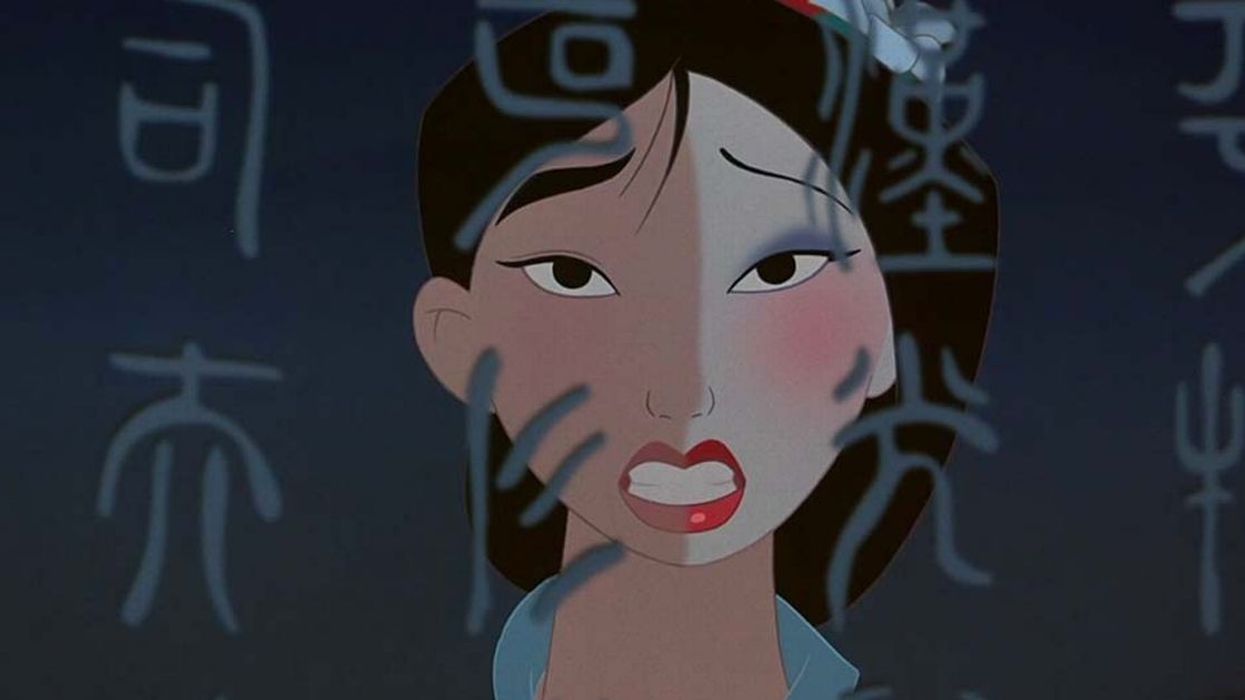Watch: What Has CGI Really Changed For Animated Storytellers?
The shift to 3D animation has brought with it more implications than you may think.

It seems as if more than just technology has advanced with the adoption of CGI, but let's begin at the beginning.
When Walt Disney made Snow White back in 1932, it led off a chain of films that would come to shape what audiences expected from an animated movie. These expectations were put in place by the use of certain themes which pervaded through every one of Disney’s films for the next several decades. They were brightly colored, musical, public domain fairy tale adaptations which more often than not featured a female protagonist whose sole ambition was freedom. How did they achieve said freedom? Well, by marrying a rich dude of course!
A very basic shift in political messaging ended up changing the story structure of these films.
These are the sort of ideals that Disney pushed to the forefront of its movies for its first 80 odd years of life. In his latest video essay, Just Write points out this trend of so-called “conservative films,” and then reveals how, with the emergence of CGI, animated films began to lean toward more liberal ideas—and why the actual mechanics of 3D animation may have contributed to this trend.
We’re not saying there is anything wrong with the masterful works of animation Disney released prior to the introduction of CGI; quite the opposite, in fact. It is just interesting to observe how a very basic shift in political messaging ended up changing the story structure of these films.
Essentially, the early Disney films placed a focus on presenting stories “that promoted the idea things should stay exactly the way they are.” Typically, the stories would actually resolve with the restoration of a previous order. In many of the films, we are actually presented with a conclusion that mirrors the first shot of the film. All of our problems have been solved, nothing has really changed, and things are back to normal.
It’s hard to take away any other message than “change is bad” from this, especially if you’re a four-year-old.
When CGI came around, storylines seemed to shift. These animated tales stopped being “conservative fairy tales” and instead became what Just Write labels as “liberal allegories.” Now before we get too far into the political associations of this phrasing, he quickly defines his term as stories with “a message that society can change and that an individual can be the instigator of that change.”
With a shift in message, comes a shift in protagonist and setting as well. Rather than take place in a fairy tale word, these fictions now take place in utopias—partially ushered in by the fact that the CGI process itself allows more active settings and backgrounds to be created more easily. In these “liberal allegories,” the two predominant character types are “Master of the Universe” and "The Outcast.”
The Master of the Universe symbolizes whatever it is that makes the utopia great and often is the best at whatever their role is within it. At some point, their own ego gets in the way of the storyline, and it's up to them to check themselves, grow up, and ultimately accept change. The flaw is in themselves, but since they represent the Utopia, both need to be fixed.

You’ll see The Outcast pop up even more frequently than the Master in these stories. In contrast to the Master, this protagonist is completely outside of whatever it is that makes the utopia thrive. "But with a little work," Just Write notes, "they’ll develop from outcast to rebel to leader, totally transform the world in their own image, unite every warring faction and live a happy life." The most important thing to note from this storyline is that the flaw is not in the character, but in the world itself and thus the world must change.
Sure, there are outcasts in the earlier Disney movies too. But rather than charting their own path to success, the resolution of the story often occurs when the protagonist decides to affiliate themselves with an existing group. Often times in the early Disney movies, the character would have to make a choice of which world to belong to. In the CGI films, these characters successfully bring the two worlds together, ultimately changing society overall.

So aside from liberal allegories promoting the acceptance of change, and the mechanics of how animated films are made, what actually has changed? The answer to that question has to be, well, studios and writers. It seems that as the times have progressed, animation writers have become more socially aware and more comfortable integrating politics into their messaging. In fact, for many CGI films nowadays the political messaging is actually at the core of the initial idea for the film.












